Micro Brewery Equipment UK
Overview of Micro Brewery Equipment in the UK
Microbreweries are small-scale breweries producing limited quantities of beer, often focusing on quality and unique flavors. The UK’s booming craft beer scene has driven demand for high-quality microbrewery equipment. But what does this equipment entail? From mash tuns to fermenters, it includes everything you need to transform raw ingredients into liquid gold.
Whether you’re brewing for a small taproom or aiming to distribute regionally, having the right setup can make or break your operation. This guide simplifies the complexities of choosing and maintaining equipment, so you can focus on brewing.
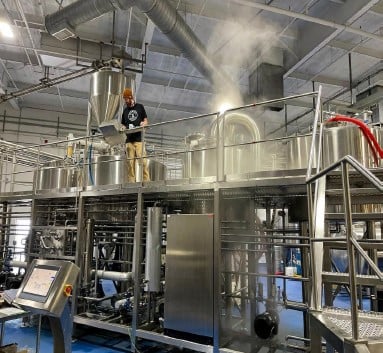
Types of Micro Brewery Equipment in the UK
Brewhouse Equipment
The brewhouse is the heart of any brewery. It includes the mash tun, lauter tun, brew kettle, and whirlpool. Together, these vessels handle the mashing, lautering, boiling, and whirlpooling processes—the essential steps for creating wort (unfermented beer).
- Mash Tun: Used for mixing milled grains with hot water to extract fermentable sugars.
- Lauter Tun: Separates the liquid wort from the spent grains.
- Brew Kettle: Boils the wort while adding hops for bitterness and flavor.
- Whirlpool: Clarifies the wort by separating solids after boiling.
Fermentation Equipment
Fermentation is where the magic happens. Fermenters are temperature-controlled vessels where yeast converts sugars into alcohol and CO2. In the UK, stainless steel conical fermenters are the go-to choice for their durability and hygiene.
- Fermenters: Available in various sizes, these tanks are essential for primary and secondary fermentation.
- Brite Tanks: Used for conditioning and carbonation before packaging.
Cleaning and Sanitizing Equipment
Cleanliness is non-negotiable in brewing. Dirty equipment can ruin batches and reputation.
- CIP Systems: Clean-in-place systems ensure thorough cleaning of tanks and pipes.
- Sanitizers: Eliminate microbes that could spoil beer.
Packaging Equipment
Once the beer is ready, it needs to be packaged efficiently.
- Kegging Systems: For draft beer distribution.
- Bottling and Canning Lines: Automated systems for consistent packaging.
Utilities and Ancillary Equipment
Don’t forget the supporting gear:
- Glycol Chillers: Maintain precise fermentation temperatures.
- Air Compressors: Power pneumatic systems.
- Grain Mills: Prepare malted grains for brewing.
How to Choose Suitable Micro Brewery Equipment in the UK
Choosing the right equipment can feel like navigating a labyrinth. Here’s how to simplify the process:
- Define Your Production Goals: Are you brewing for local pubs or regional distribution? Your output volume will determine the size and type of equipment you need.
- Consider Space Constraints: Microbreweries often operate in tight spaces. Measure your area and ensure your equipment will fit without sacrificing workflow efficiency.
- Set a Budget: Equipment costs can range from £10,000 for basic setups to over £500,000 for advanced systems. Decide on a budget and stick to it.
- Focus on Quality: Invest in stainless steel equipment for durability and hygiene. Cheaper materials might save money upfront but can cost more in the long run due to maintenance and replacements.
- Check Local Regulations: Ensure your equipment meets UK safety and brewing standards.
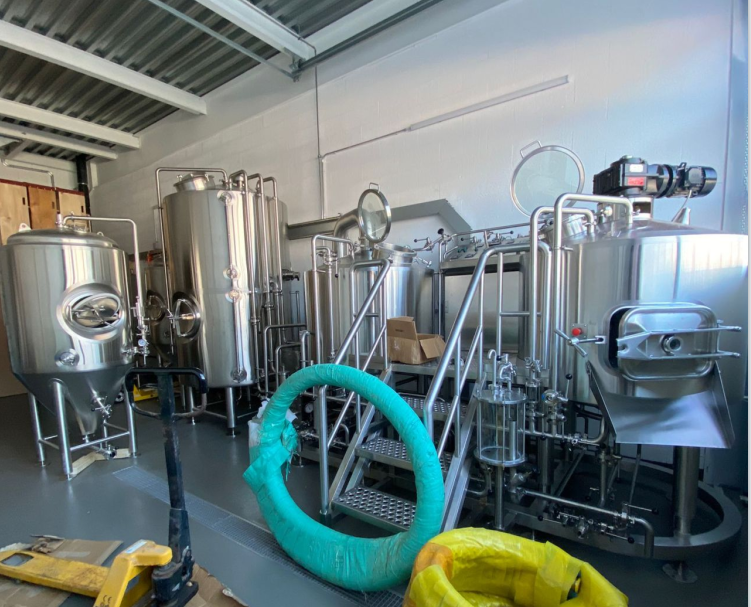


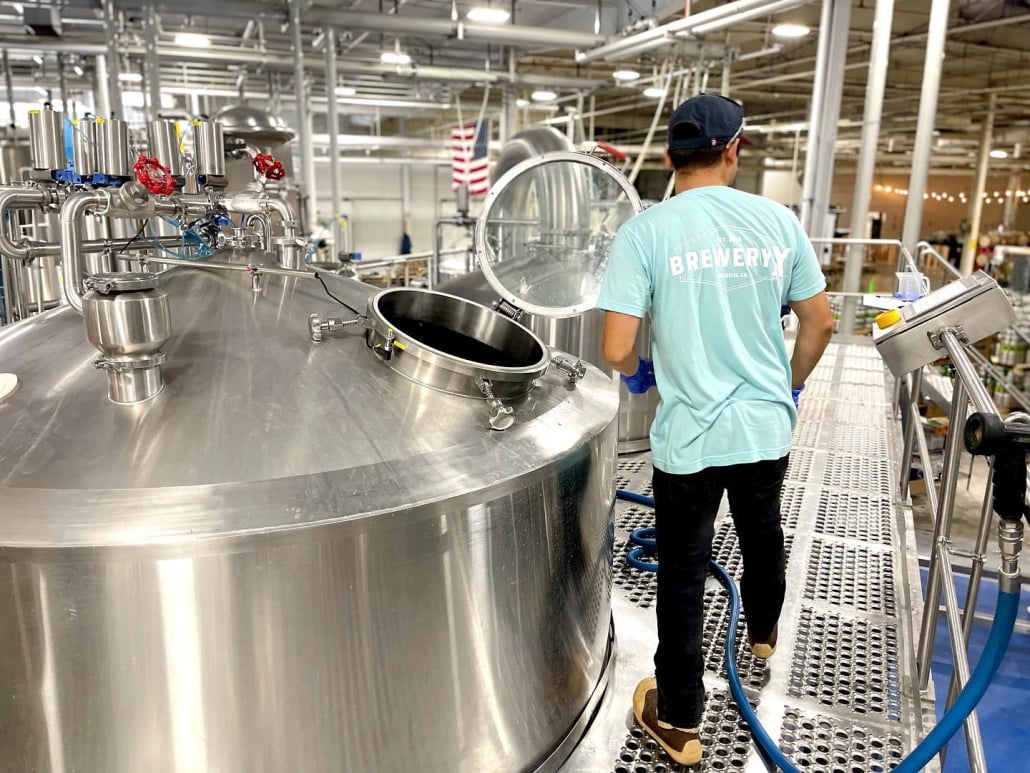
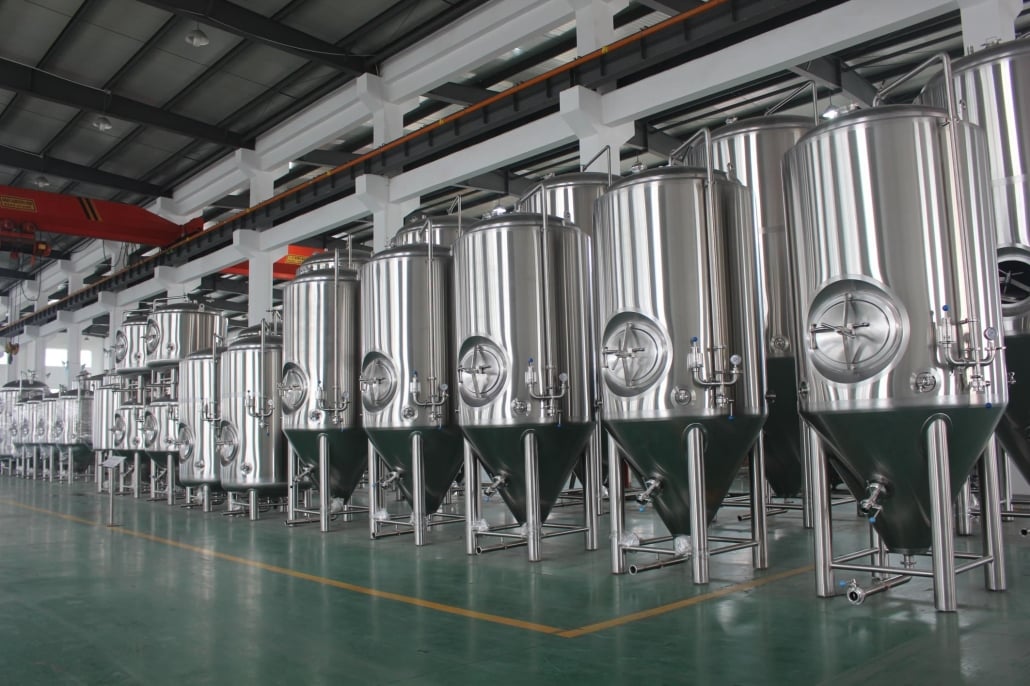
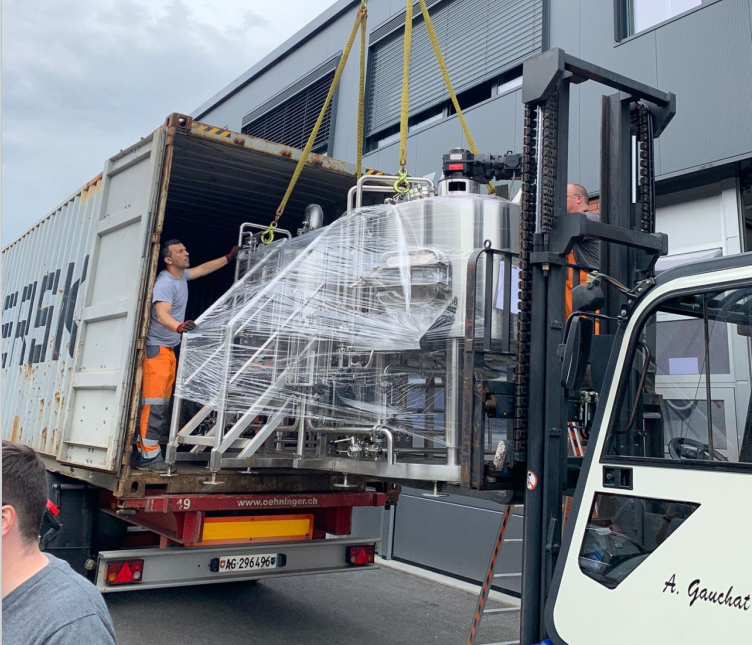
The Working Principle of Micro Brewery Equipment in the UK
At its core, microbrewery equipment facilitates the brewing process, transforming raw ingredients into beer through the following stages:
- Milling: Malted grains are milled to break the husks and expose fermentable sugars.
- Mashing: The crushed grains are mixed with hot water in the mash tun, converting starches to sugars.
- Lautering: The sugary liquid (wort) is separated from the spent grains in the lauter tun.
- Boiling: The wort is boiled in the brew kettle, and hops are added for flavor and aroma.
- Fermentation: Yeast is pitched into cooled wort, initiating fermentation to produce alcohol and CO2.
- Conditioning: The beer matures in brite tanks, gaining clarity and carbonation.
- Packaging: The finished beer is kegged, canned, or bottled for distribution.
Maintenance and Cleaning of Micro Brewery Equipment
| Aspect | Details |
|---|---|
| Cleaning Frequency | Clean tanks, lines, and vessels after every batch to prevent contamination. |
| CIP Systems | Use automated clean-in-place systems for efficient cleaning of internal surfaces. |
| Sanitization | Always sanitize before brewing or packaging to eliminate microbial threats. |
| Regular Inspections | Check seals, valves, and fittings regularly for wear and tear. |
| Descaling | Remove mineral deposits from heating elements and pipes. |
| Documentation | Keep a log of cleaning and maintenance activities to track performance and compliance. |
Why Invest in Micro Brewery Equipment in the UK?
Why take the plunge into microbrewery ownership? For one, the UK’s craft beer market is thriving, with consumers increasingly seeking out unique, high-quality brews. Investing in your equipment means you control every step of production—ensuring consistent quality and flavor.
Moreover, owning your equipment saves costs in the long run. While contract brewing can be convenient, it limits creativity and profit margins. With your microbrewery setup, you can experiment with recipes, build a brand, and expand your reach.
Top UK Suppliers of Micro Brewery Equipment
| Supplier | Specialization | Location | Key Features |
|---|---|---|---|
| Brewfab | Custom stainless steel systems | Scotland | High-quality fabrication, bespoke designs. |
| Vigo Ltd | Small to mid-sized brewery solutions | Devon | Complete brewery setups, excellent customer support. |
| Hoplex Ltd | Fermenters and packaging systems | Manchester | Durable, affordable equipment. |
| Moeschle UK | Brewhouse and utility equipment | Norfolk | Energy-efficient solutions. |
| SSV Limited | Fermentation and brite tanks | Yorkshire | Tailored solutions for craft breweries. |

Cost of Micro Brewery Equipment in the UK
The cost of microbrewery equipment varies widely based on size, capacity, and customization. Here’s a breakdown:
| Component | Price Range (£) | Details |
|---|---|---|
| Brewhouse Equipment | 20,000 – 150,000 | Varies with capacity and automation. |
| Fermentation Tanks | 5,000 – 50,000 | Prices depend on size and insulation features. |
| Packaging Equipment | 10,000 – 100,000 | Includes canning, bottling, and kegging lines. |
| Utilities and Ancillaries | 5,000 – 30,000 | Essential for temperature control and grain milling. |
FAQs
| Question | Answer |
|---|---|
| What is the minimum cost to start a microbrewery? | A basic setup can start at £40,000 but typically ranges higher depending on capacity and automation. |
| Can I expand my equipment later? | Yes, many systems are modular, allowing for scalability as your business grows. |
| How long does equipment last? | High-quality equipment can last 10-20 years with proper maintenance. |
| Do I need a license to operate? | Yes, you need a brewing license from HMRC and must comply with local health and safety standards. |
| What’s the typical lead time for equipment? | Depending on the supplier, it ranges from 8 weeks to 6 months. |
Share this entry
Interested in learning more about Brewing Systems including additional details and pricing information? Please use the form below to contact us!
YOLONG BREWERY EQUIPMENT FAQS
- Commercial Brewery / Craft Brewery / Microbrewery / Nanobrewery
- What is The Difference Between Craft Beer and Industrial Beer?
- The Bespoke Differences In Custom Brewing Systems
- Everything You Need to Know About Kettle Souring
- How to Choose Brewing Equipment for Your business?
- How To Choose The-Best Partner To Build Your Commercial Microbrewing System?
- Two Detection Sensors That You Need To Use In Your Brewhouse System
- Remote Control Applications in Brewing Equipment/How does it work?
- How To Clean Your Brand New Brewery Tanks?
